If you're wondering how to prevent your floating shelf from falling, you’re not alone. This guide will walk you through step-by-step methods to keep your shelf secure, ensure safety, and protect your walls and valuables.
✅ Why Do Floating Shelves Fall?
Before diving into the solutions, let’s understand the common reasons why floating shelves fail:
❌ Improper mounting hardware
❌ Not hitting wall studs
❌ Overloading the shelf
❌ Using the wrong wall type (drywall, plaster, etc.)
❌ Inconsistent or loose installation technique
Knowing these causes helps us prevent floating shelves from falling in the first place.
🛠️ 1. Choose the Right Wall Anchors or Brackets
Not all walls are created equal. Depending on your wall type, you'll need the correct hardware:
- Drywall only? Use heavy-duty toggle bolts or wall anchors rated for high weight.
- Wood studs? Ideal! Use long screws into the stud (at least 2 inches).
- Masonry walls? Use masonry anchors or tapcon screws.
Pro Tip: A floating shelf is only as strong as what it’s mounted to.
📏 2. Always Locate and Mount Into Wall Studs
The #1 rule of strong floating shelves:
👉 Mount into at least one (ideally two) wall studs.
Use a stud finder to locate solid framing behind drywall. Anchoring into studs provides maximum strength and stability, preventing sagging or falling.
🧰 3. Use Heavy-Duty Floating Shelf Brackets
Cheap brackets lead to disaster. Use brackets that:
- Extend deep into the shelf (at least 6" into the wood)
- Are rated for the weight you plan to place
- Are compatible with your wall type
- Invest in steel, concealed mounting brackets with high load capacity for best results.
⚖️ 4. Distribute Weight Evenly
Avoid placing all weight on one side. Spread heavier items toward the center and over the brackets. This reduces strain and prevents torque on the shelf mount.
Max Weight Tip:
- Standard floating shelves: 15–30 lbs
- Heavy-duty shelves (with stud mounting): up to 70–100 lbs+
🪚 5. Choose the Right Shelf Material
Material matters. Solid wood shelves (e.g., white oak, walnut, birch) are more durable than hollow-core or particle board.
Shelf thickness should be at least 1.5 inches for heavy-duty use. Lightweight materials increase the risk of bending or failure over time.
🔍 6. Regularly Inspect & Tighten
After installation, check every few months:
- Are brackets still tight?
- Is the shelf level?
- Any signs of wall damage or pulling?
This simple habit can prevent accidents before they happen.
📉 What Happens If You Skip These Steps?
- Items falling and breaking
- Shelf pulling out of the wall
- Damage to drywall, studs, or tile
- Risk of injury (especially with kids or in kitchens)
🏠 Final Thoughts: Safety Meets Style
A well-installed floating shelf is safe, sleek, and functional. Whether it’s in your kitchen, living room, or office, following these tips will ensure your shelf stays up and stays strong.

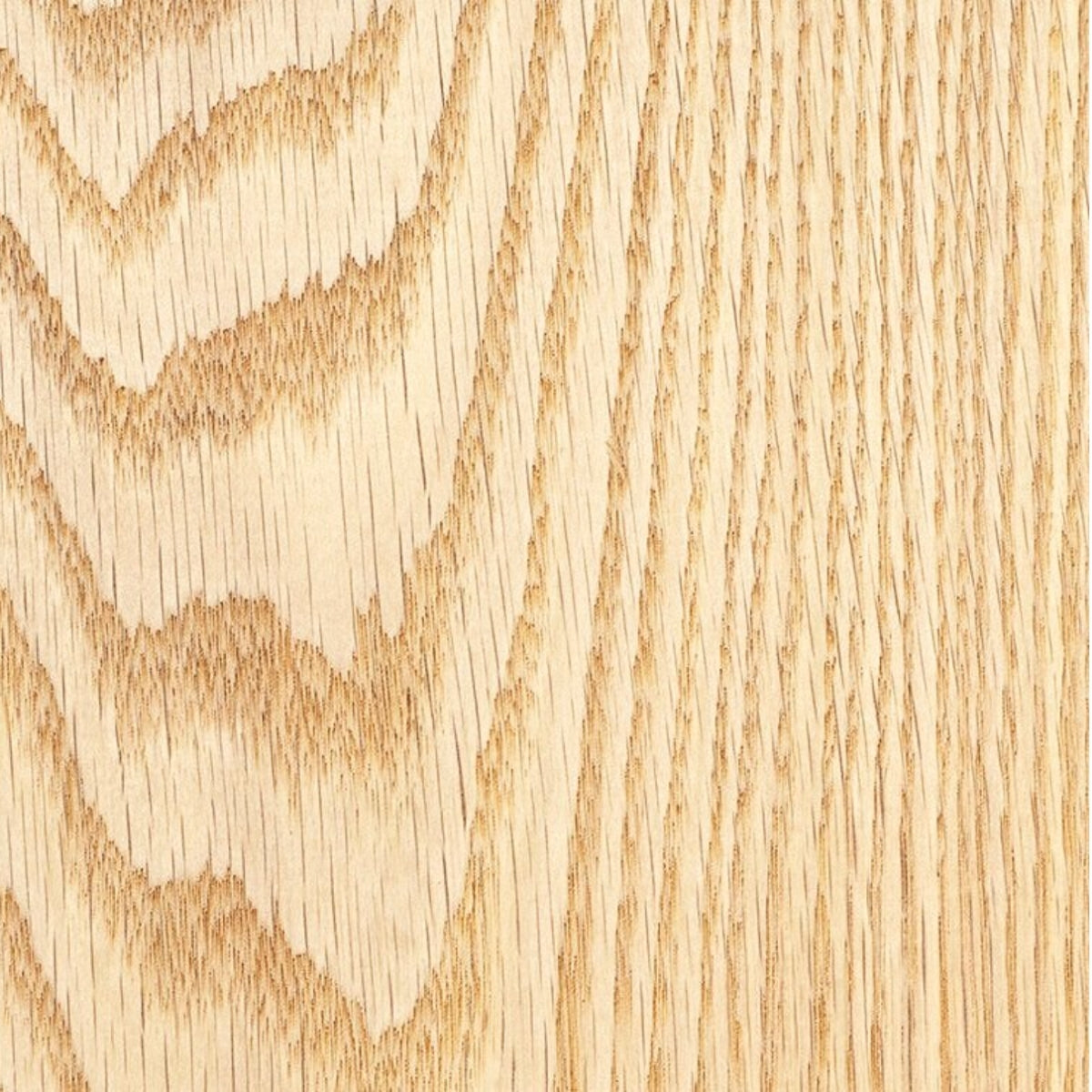
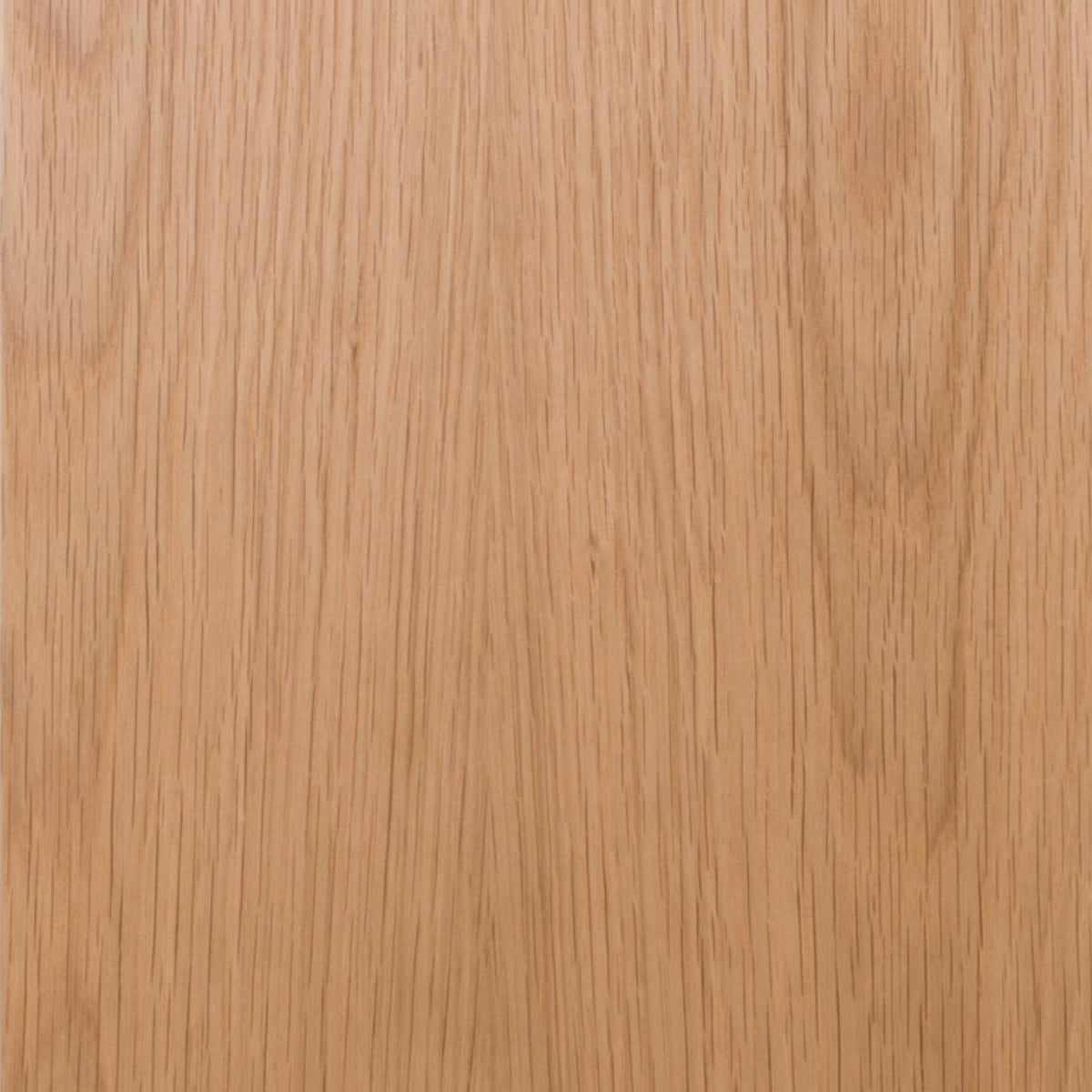
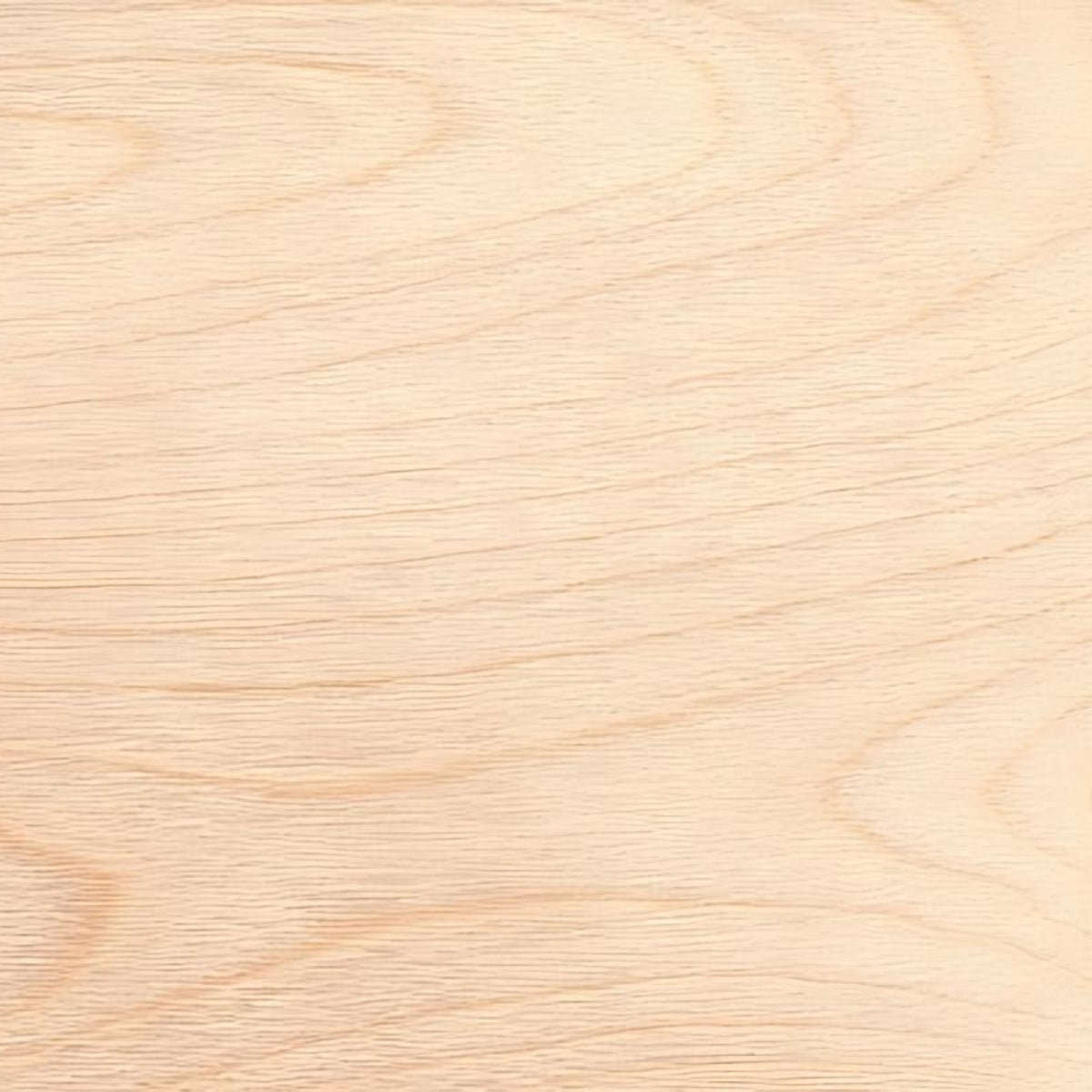

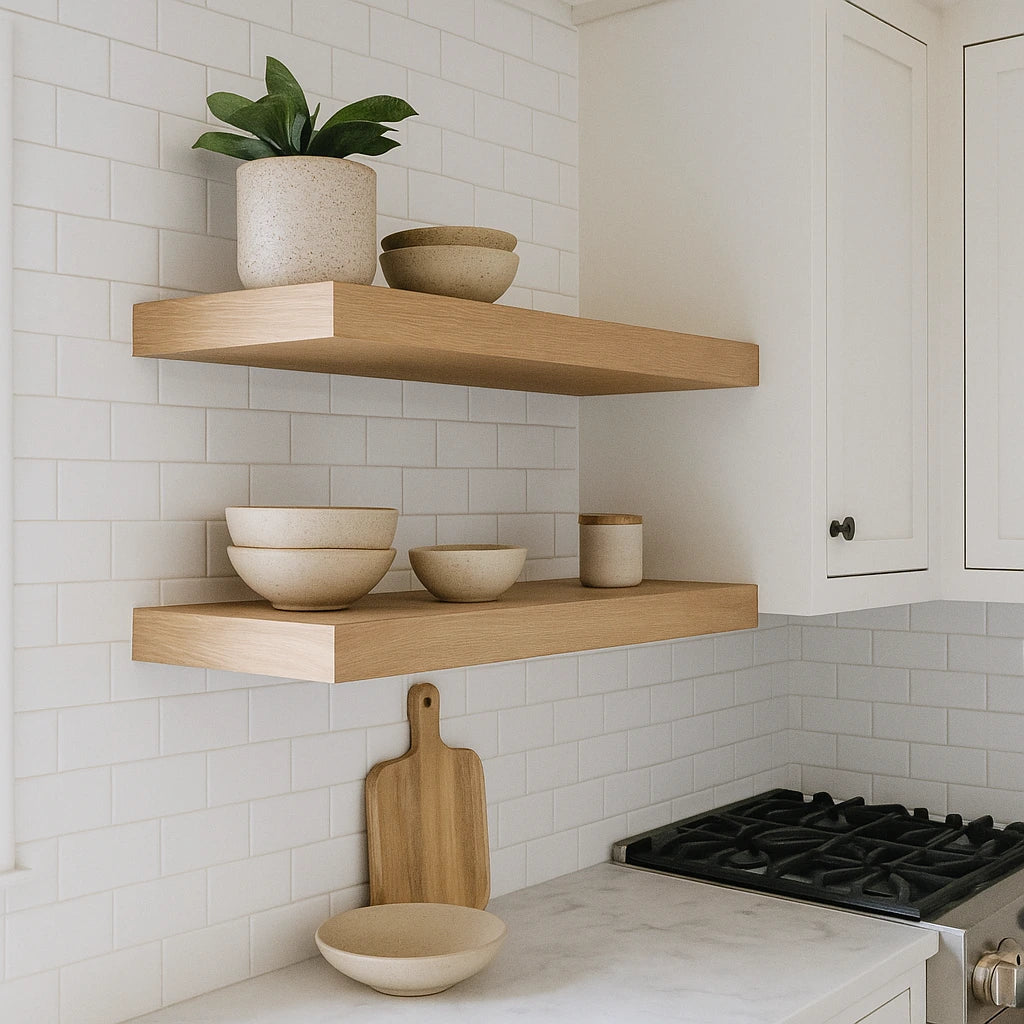


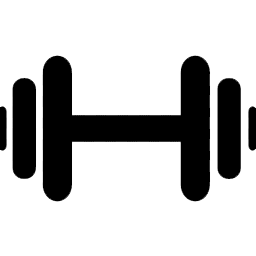

Leave a comment
This site is protected by hCaptcha and the hCaptcha Privacy Policy and Terms of Service apply.